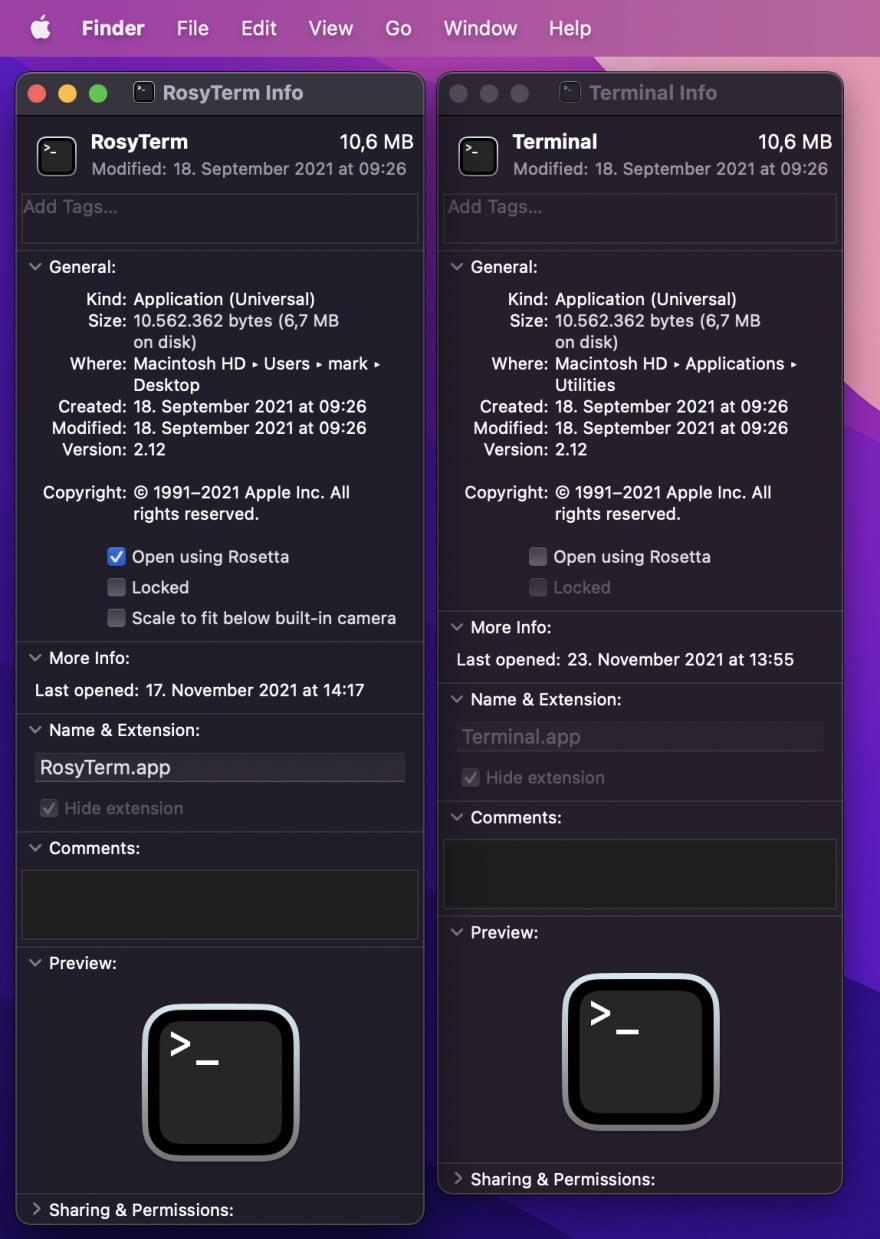

- #VSCODE OPEN TERMINAL INSTALL#
- #VSCODE OPEN TERMINAL UPDATE#
- #VSCODE OPEN TERMINAL ARCHIVE#
- #VSCODE OPEN TERMINAL FULL#
- #VSCODE OPEN TERMINAL CODE#
command again and it's working fine even without copying the code file from remote-cli folder. So I now deleted both of them and used the code. vscode-server-server directories both there for some reason.
#VSCODE OPEN TERMINAL INSTALL#
Note: Users on macOS must first run a command ( Shell Command: Install 'code' command in PATH ) to add VS Code executable to the PATH environment variable. However now that you mentioned it, I did have. To do this, from an open terminal or command prompt, navigate to your project folder and type code. Since it was still broken, I copied that file from /home/myusername/.vscode-server-server/bin/5554b12acf27056905806867f251c859323ff7e9/bin/remote-cli/code to /home/myusername/.vscode-server-server/bin/5554b12acf27056905806867f251c859323ff7e9/bin/code and it worked for me so I left it at that. You can install the Universal build, which includes both Intel and Apple Silicon builds, or one of the platform specific builds.Installing VS Code Server for 圆4 (5554b12acf27056905806867f251c859323ff7e9) Powershell 5.1 started in the project folder. However pwsh 7 terminal is always starting at the root of C:\ for me. Yes, VS Code supports macOS ARM64 builds that can run on Macs with the Apple M1 chip. Thanks this works to set my VSCode terminal to lunch pwsh 7. Follow the steps in this issue for resolution.
#VSCODE OPEN TERMINAL UPDATE#
If VS Code doesn't update once it restarts, it might be set under quarantine by macOS. It is fine to choose Don't Allow since VS Code does not need access to those folders. " This is due to the new privacy protections in Mojave discussed above.
#VSCODE OPEN TERMINAL FULL#
Out of the box VS Code adds actions to navigate in editor history as well as the full Debug tool bar to control the debugger on your Touch Bar:Īfter upgrading to macOS Mojave version, you may see dialogs saying "Visual Studio Code would like to access your. Note: Since zsh became the default shell in macOS Catalina, run the following commands to add VS Code to your path: cat > ~/.zprofile # Add Visual Studio Code (code) export PATH="\$PATH:/Applications/Visual Studio Code.app/Contents/Resources/app/bin" EOF Touch Bar support Remove the leading slash if you want to run the export command directly in a terminal. Note: The leading slash \ is required to prevent $PATH from expanding during the concatenation. To do so run the following commands: cat > ~/.bash_profile # Add Visual Studio Code (code) export PATH="\$PATH:/Applications/Visual Studio Code.app/Contents/Resources/app/bin" EOF Instead of running the command above, you can manually add VS Code to your path,

bash_profile (or equivalent) from an early VS Code version, remove it and replace it by executing the Shell Command: Install 'code' command in PATH command. Note: If you still have the old code alias in your. from the directory to launch the project using VS Code. Afterwards, navigate to any project from the terminal and type code. To do this, press CMD + SHIFT + P, type shell command and select Install code command in path. ' in any folder to start editing files in that folder. Launching VS Code from the terminal looks cool. it is able to open correctly, but if location is home/documents/code folder it does not open the code folder in vscode. For example if location is home/documents/code. Restart the terminal for the new $PATH value to take effect. I am trying to create script to open VSCode in the current directory but I am not abe to do it for folder consist of spaces.Open the Command Palette ( Cmd+Shift+P) and type 'shell command' to find the Shell Command: Install 'code' command in PATH command.You can also run VS Code from the terminal by typing 'code' after adding it to the path:

#VSCODE OPEN TERMINAL ARCHIVE#


 0 kommentar(er)
0 kommentar(er)
